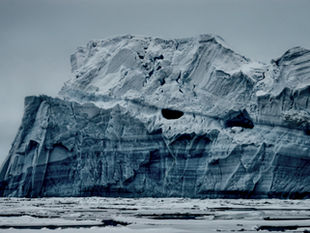

Helping Australian Native Bees

Australia is home to an incredible diversity of native bees, with over 1,700 species spread across the country. From the tiny stingless bees to the colourful blue-banded and resin bees, these pollinators are crucial to maintaining the health and biodiversity of Australia's unique ecosystems.

Unlike European honeybees, many Australian native bees are solitary, meaning they don't form large colonies or produce honey in the same way. Some interesting examples include:
Resin bees, who use resins and gums from trees to construct their nests in hollow stems or crevices.
Leafcutter bees, who use leaves to build nests for their young.
Blue-banded, who use “buzz pollination”, where they vibrate their body to shake out the pollen deep in the flower.
Masked bees, who lack pollen carrying hairs on their legs and carry pollen internally to regurgitate at their nest.
Reed bees, who are so small (5-8mm) they nest inside hollow plant stems, e.g reeds.

While native bees seem less affected by rising temperatures than European honeybees, changes in land clearing, increases in natural disasters and removal of habitat have a significant impact on bee populations. Some native bees feed on only a select few native plant species making them vulnerable to change, while many native plants, including some that are endangered, rely exclusively on native bees for pollination. This makes native bees critical for maintaining Australia’s botanical biodiversity. Thankfully, it is not hard for us to help our native bees and a few simple steps in your garden can make a big difference. Try providing water sources with safe bee access (think sticks and rocks in a small pond or birdbath), plant native plants or place a bee hotel in the garden. These simple steps can make a big difference to help our native bee populations and aid in maintaining Australia's unique biodiversity.






